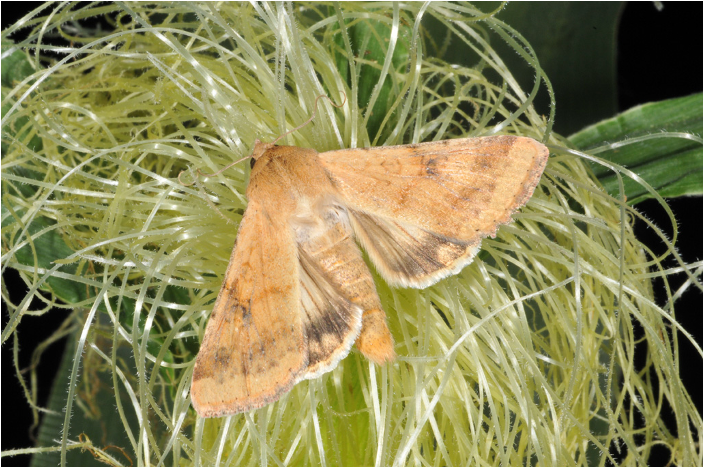
We have begun our state-wide trapping and monitoring program for corn earworm (Fig. 1).

We have begun our state-wide trapping and monitoring program for corn earworm (Fig. 1).
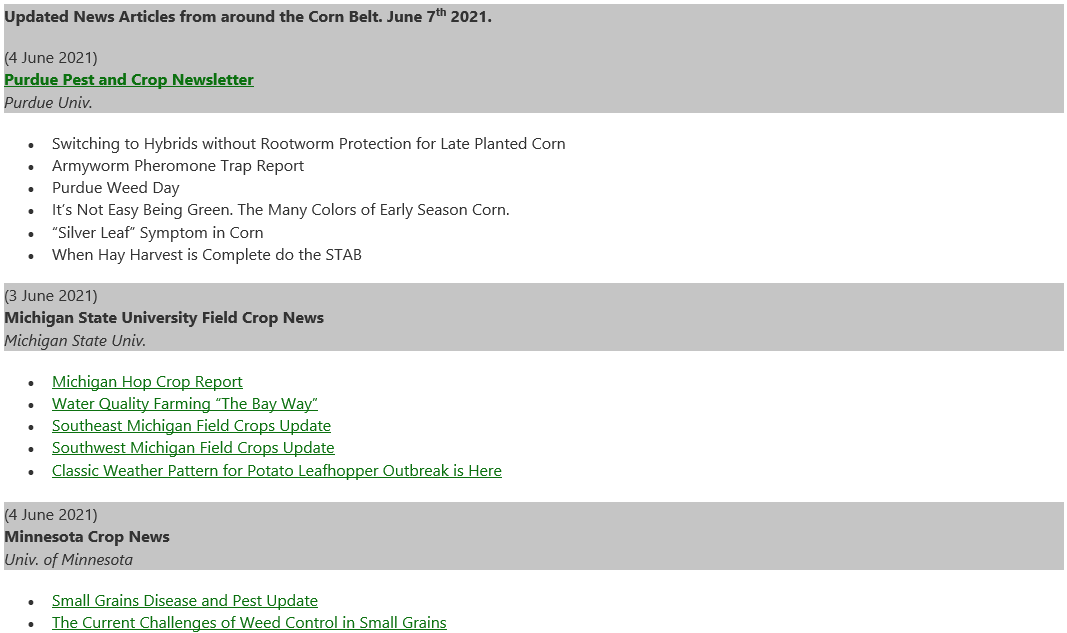
Dan Quinn, Extension Corn Specialist for Purdue University will continue to provide weekly updates of timely newsletter articles for various land-grant institutions around the U.S. corn belt.
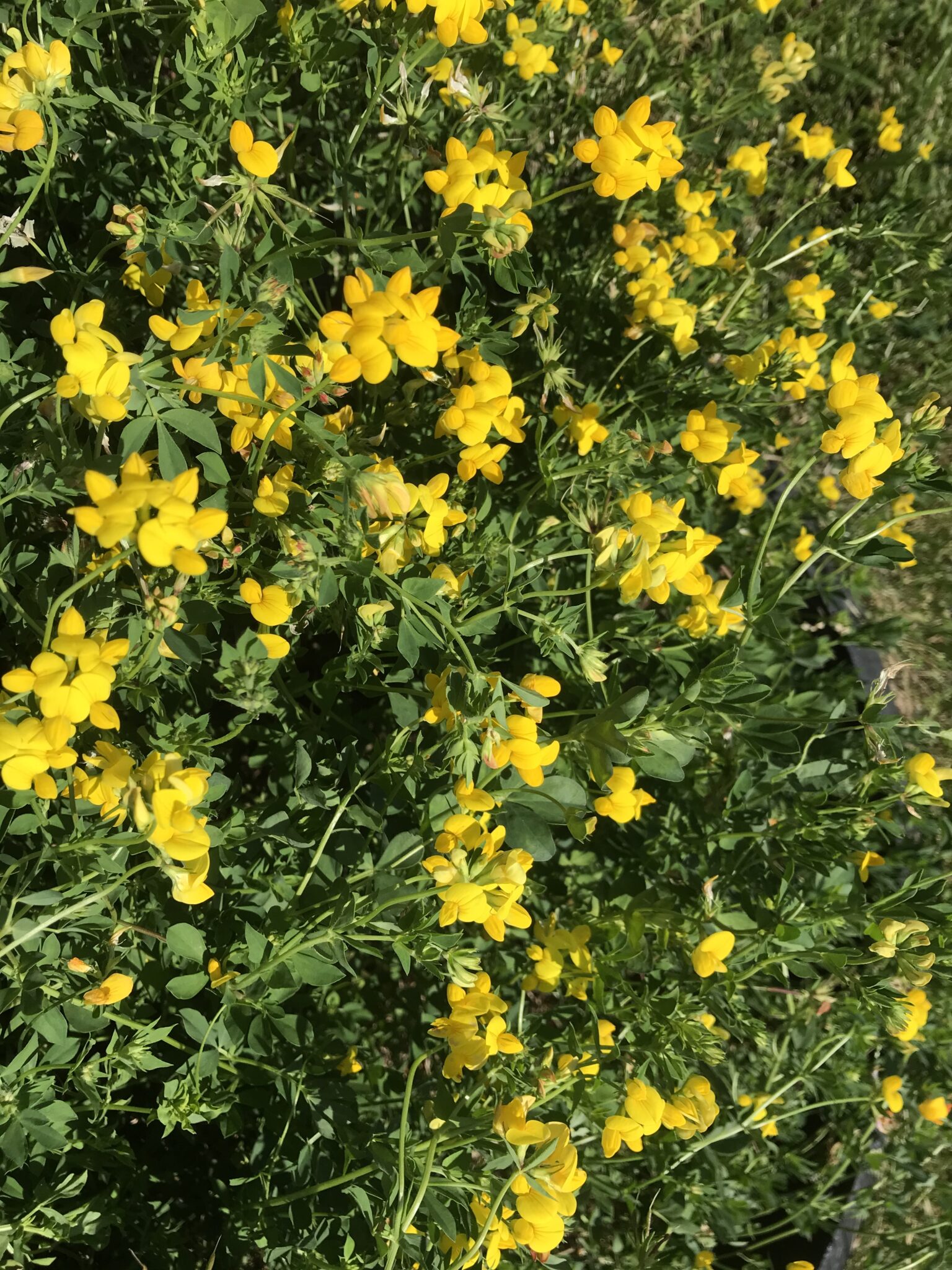
You don’t see birdsfoot trefoil in many Indiana pastures. This perennial legume is in full bloom now with obvious bright yellow-orange flowers.
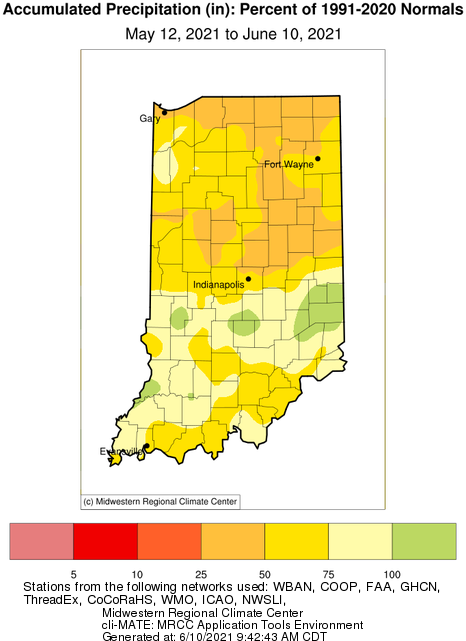
While rain showers and scattered thunderstorms have fallen across Indiana the last few weeks, conditions still remain dry for most areas.
Whether you are a large apiarist or a beginning hobbyist, it is essential to understand and prepare your bees when a state/local agency announces any pesticide application program.
Armyworm Pheromone Trap Report – 2021
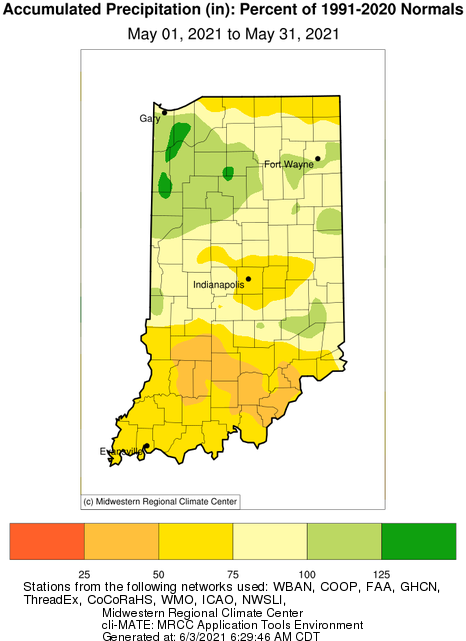
The month of May in Indiana was 2°F-4°F below normal across the state, based upon the new 1991-2020 climatological normals that were released last month.
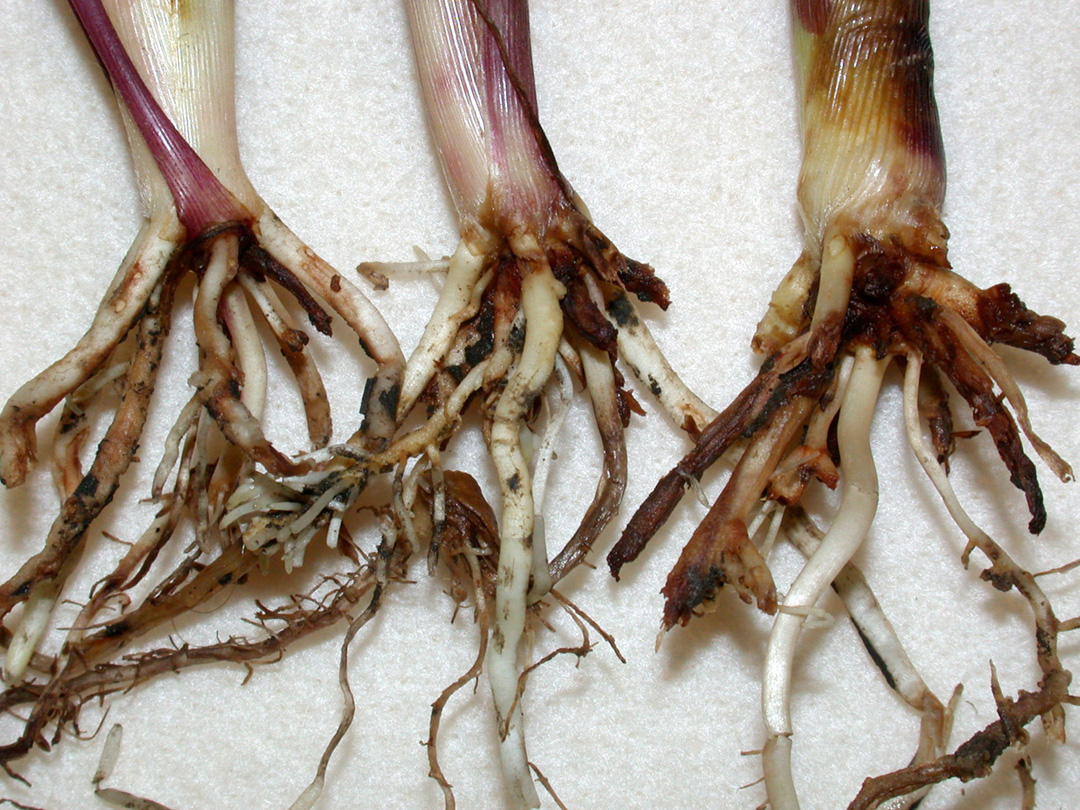
In some parts of the state, delayed planting – or re-planting – of corn is a reality. Some producers may be attempting to switch to shorter day hybrids, including some without desired insect traits, including rootworm-specific Bt traits.
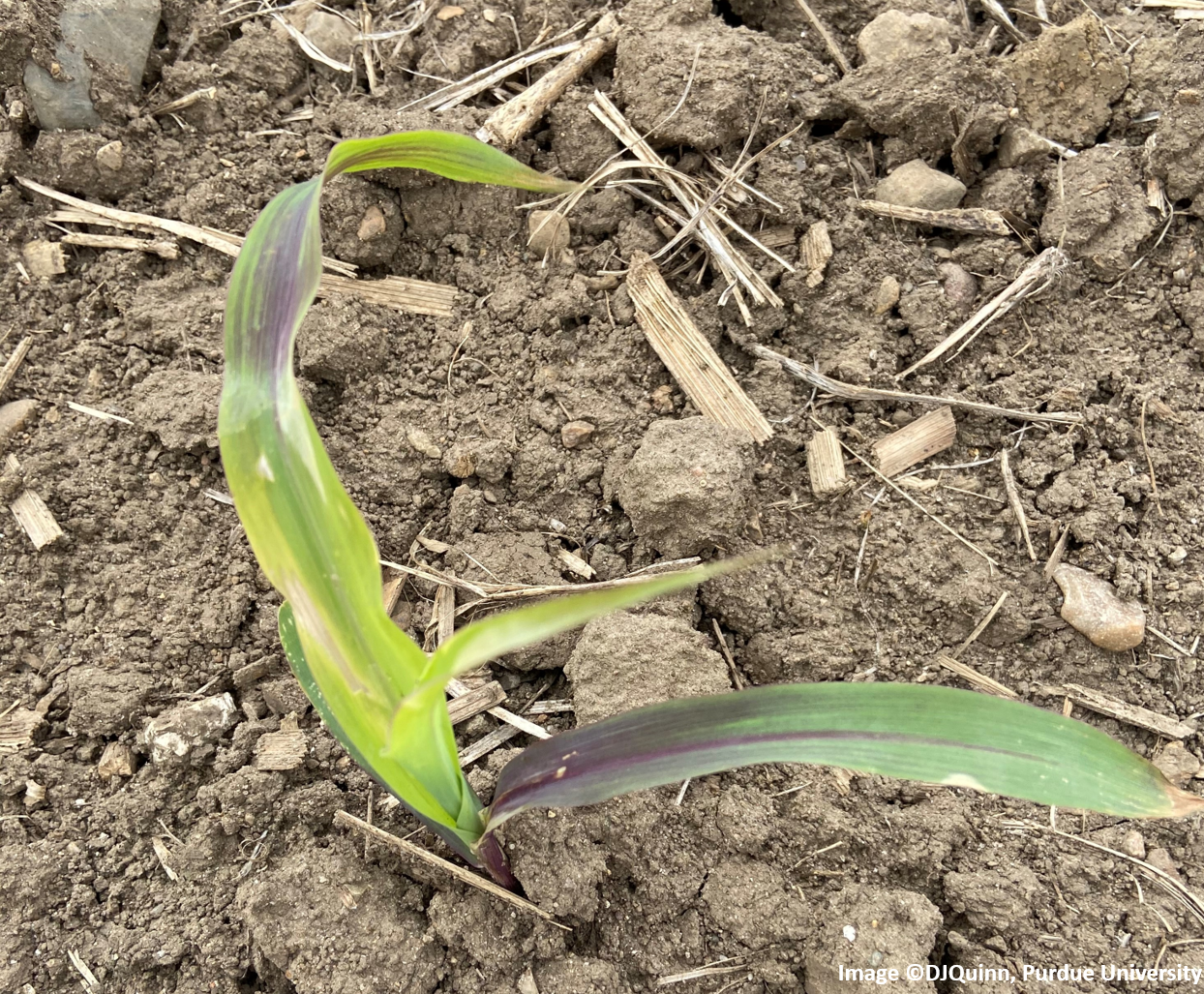
Over the last couple weeks in central Indiana, average air temperatures have increased by 28% to an average of 78°F and then again decreased by 33% to an average of 52°F.
Armyworm Pheromone Trap Report – 2021
© 2025 Purdue University | An equal access/equal opportunity university | Copyright Complaints | Maintained by Pest&Crop newsletter
If you have trouble accessing this page because of a disability, please contact Pest&Crop newsletter at luck@purdue.edu.